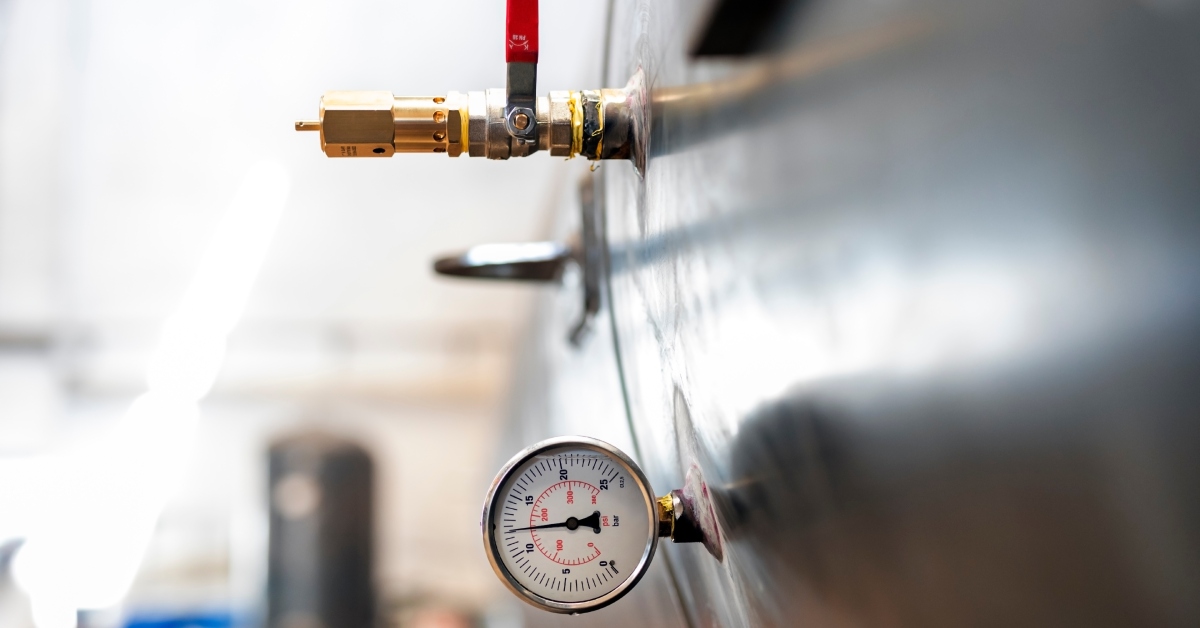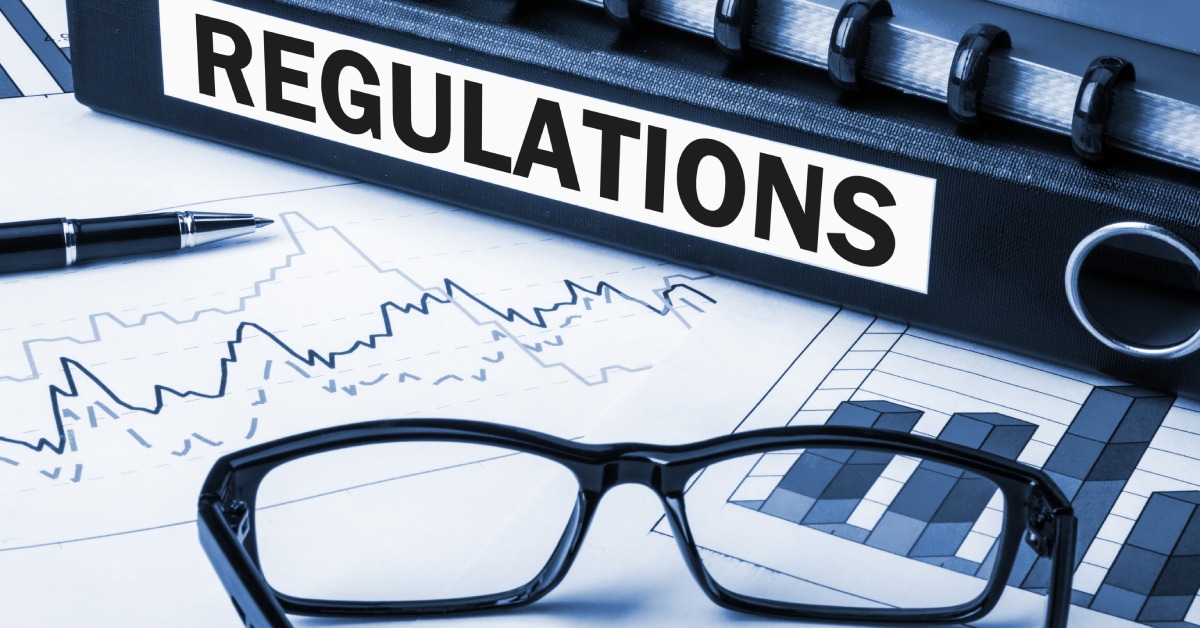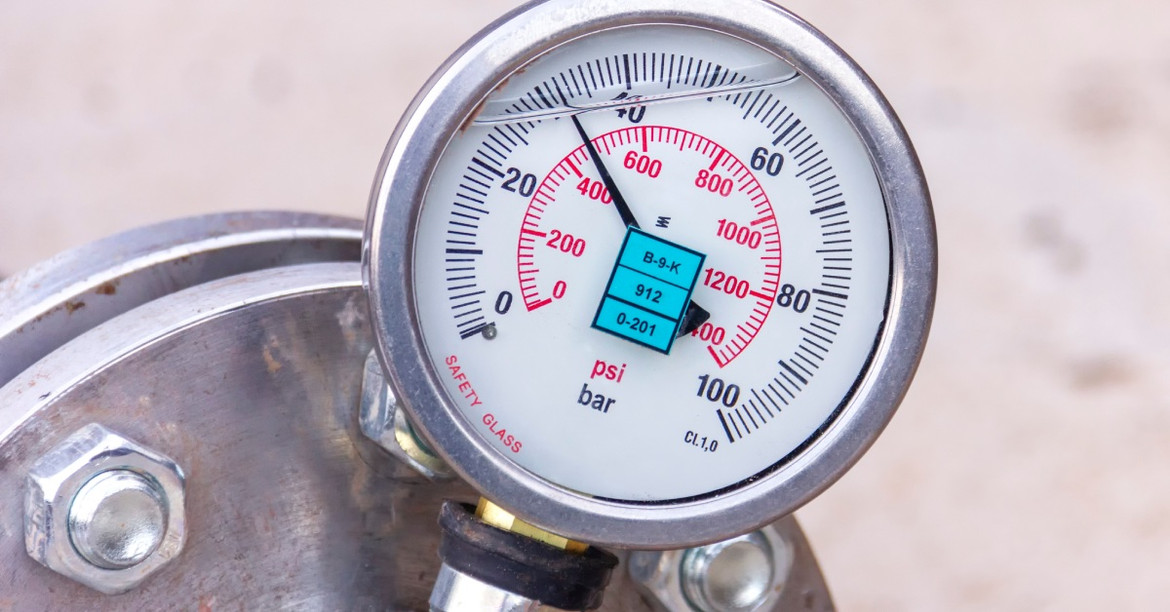30th Sep 2024
What Is Hydrostatic Pressure Testing & How Does It Work?
Hydrostatic pressure testing upholds the safety and reliability of various industrial equipment and systems. This method helps validate the integrity and performance of components that operate under pressure, whether the components are pipelines, pressure vessels, or residential plumbing.
Comprehending hydrostatic pressure testing helps purchasing agents or inventory buyers make informed decisions about equipment procurement and maintenance. Let’s delve into what hydrostatic pressure testing is, how it works, and why it’s essential in industrial applications.
The Basics of Hydrostatic Pressure Testing

Hydrostatic pressure testing involves filling a system or component with a liquid—like water—to test the system’s strength. The liquid pressurizes to a level higher than the system's average operating pressure. By monitoring the pressure level, evaluating any drops, and checking for visible leaks, testers can confirm the component's ability to withstand operational stress.
This testing method is particularly useful because water, unlike air, is nearly incompressible, meaning it can reveal leaks that air tests might miss. Additionally, hydrostatic testing is safer because a water leak under pressure poses less risk of suffering an explosion or catastrophic failure compared to gas.
Applications of Hydrostatic Pressure Testing
Many industries use hydrostatic pressure testing, including oil and gas, chemical processing, water treatment, and manufacturing. The tests are commonly conducted on pipelines, boilers, and pressure vessels that operate under high pressure and harsh conditions.
In the oil and gas industry, companies must test pipelines carrying crude oil or natural gas to determine whether they can handle the pressure without failing. Similarly, pressure vessels—such as storage tanks and reactors—undergo vigorous testing to restrict the risk of leaks.
Any system imperfections could lead to environmental damage or loss of valuable resources. Therefore, it’s essential to implement hydrostatic pressure testing to guarantee the system’s validity.
Key Steps in Conducting Hydrostatic Pressure Testing
Conducting a hydrostatic pressure test involves several steps. First, workers must completely fill the system or component with a test liquid. They’ll remove any air pockets, since air can compress and cause misleading results. Next, the workers pressurize the system to an increased level—often up to one-and-a-half times higher—than its normal operating pressure.
After reaching the desired pressure, workers hold it for 15 minutes to several hours based on the testing requirements. During this time, inspectors closely monitor the system for declining pressure levels. The test is successful when there are no leaks and the pressure remains stable.
Benefits of Hydrostatic Pressure Testing
Hydrostatic pressure testing offers several advantages over other testing methods. The approach is highly effective because it’s exceptional at identifying leaks, even in small, hard-to-reach areas. Since water is nearly incompressible, the liquid can penetrate minuscule cracks, making it an excellent medium for leak detection.
Another benefit of hydrostatic pressure testing is that it’s a safe assessment. Since the test uses water, there is minimal risk of explosion or injury, even if a leak occurs. In comparison, pneumatic testing uses compressed air or gas that could cause dangerous outcomes if there’s a leak or rupture.
Lastly, hydrostatic testing is relatively easy to set up and conduct. Therefore, it’s a cost-effective method for routine maintenance and certifications.
Challenges and Limitations of Hydrostatic Pressure Testing
Despite its many advantages, hydrostatic pressure testing does have some limitations. Systems that aren’t designed for prolonged contact with water are at risk of corrosion. To mitigate this possibility, inspectors should use inhibitors or alternative liquids.
Another drawback is the requirement for a large volume of water. Extensive systems like pipelines or large pressure vessels demand substantial water during testing. This poses logistical challenges, especially in remote areas with a lack of resources or modes of transportation.
Additionally, the process of completely draining and drying the system after the test is time consuming. Ample downtime negatively affects enterprises by decreasing productivity and increasing operational costs.
Comparing Hydrostatic Testing With Pneumatic Testing
While many companies use hydrostatic pressure testing, it’s essential to understand how it compares to pneumatic testing. Both methods have their place in industrial testing, but they differ in application, safety, and effectiveness.
Pneumatic testing takes place when technicians cannot introduce water into a system in cases where moisture might damage the equipment or affect the system’s operation. However, pneumatic testing carries a higher safety risk because gases are compressible. A leak can cause explosive failures.
Hydrostatic testing is safer and more effective for detecting small leaks. However, you must weigh the pros and cons regarding safety, logistics for accumulating large amounts of water, and the chance of corrosion issues when choosing between the two methods.
Industry Standards and Regulations for Hydrostatic Pressure Testing

Industry standards and regulations govern hydrostatic pressure testing to maintain consistency and safety. These standards dictate the procedures for conducting the test, the pressure levels you must use, and the test’s duration.
In the United States, the American Society of Mechanical Engineers (ASME) provides guidelines for hydrostatic testing of pressure vessels, while the American Petroleum Institute (API) offers standards for pipeline testing.
Internationally, similar standards exist, such as those from the International Organization for Standardization (ISO) and the European Committee for Standardization (CEN).
Hydrostatic Pressure Testing in the Procurement Process
For purchasing agents and inventory buyers, understanding hydrostatic pressure testing is essential when procuring pressure vessels, pipelines, and other critical components. Suppliers should conduct rigorous hydrostatic testing before delivery to prevent costly failures and downtime.
Buyers should request test certificates and documentation from suppliers to verify the testing method and reliability of each component. Additionally, a thorough comprehension of the procedures and standards will help buyers evaluate the components’ quality, so they can make informed decisions about which suppliers to trust.
The Future of Hydrostatic Pressure Testing
New methods and tools are emerging to improve the accuracy and efficiency of hydrostatic pressure testing. Innovations such as automated pressure monitoring and data analysis streamline the testing process and provide more reliable results.
Environmental concerns drive the development of more sustainable testing. Notions of using environmentally friendly test liquids or recycling water used in testing are in consideration. These sustainable progressions will diminish the environmental impact of testing and lower the overall cost.
Finally, the future of hydrostatic pressure testing will further develop by integrating digital technologies. These technological advancements will improve data collection, analysis, and reporting to establish a safer, more efficient testing process.
How Recorders Charts & Pens Can Provide Assistance
Hydrostatic pressure testing is a vital method for preserving the safe and reliable operation of pressurized industrial components. By understanding what hydrostatic pressure testing is and how it works, purchasing agents and inventory buyers can make informed decisions when procuring critical equipment.
When sourcing these components, work with reliable graphic control distributors who adhere to industry standards. A company like Recorders Charts & Pens will provide precisely what you need to test pressurized equipment, properly document the test, and ensure it meets the safety and performance standards.

